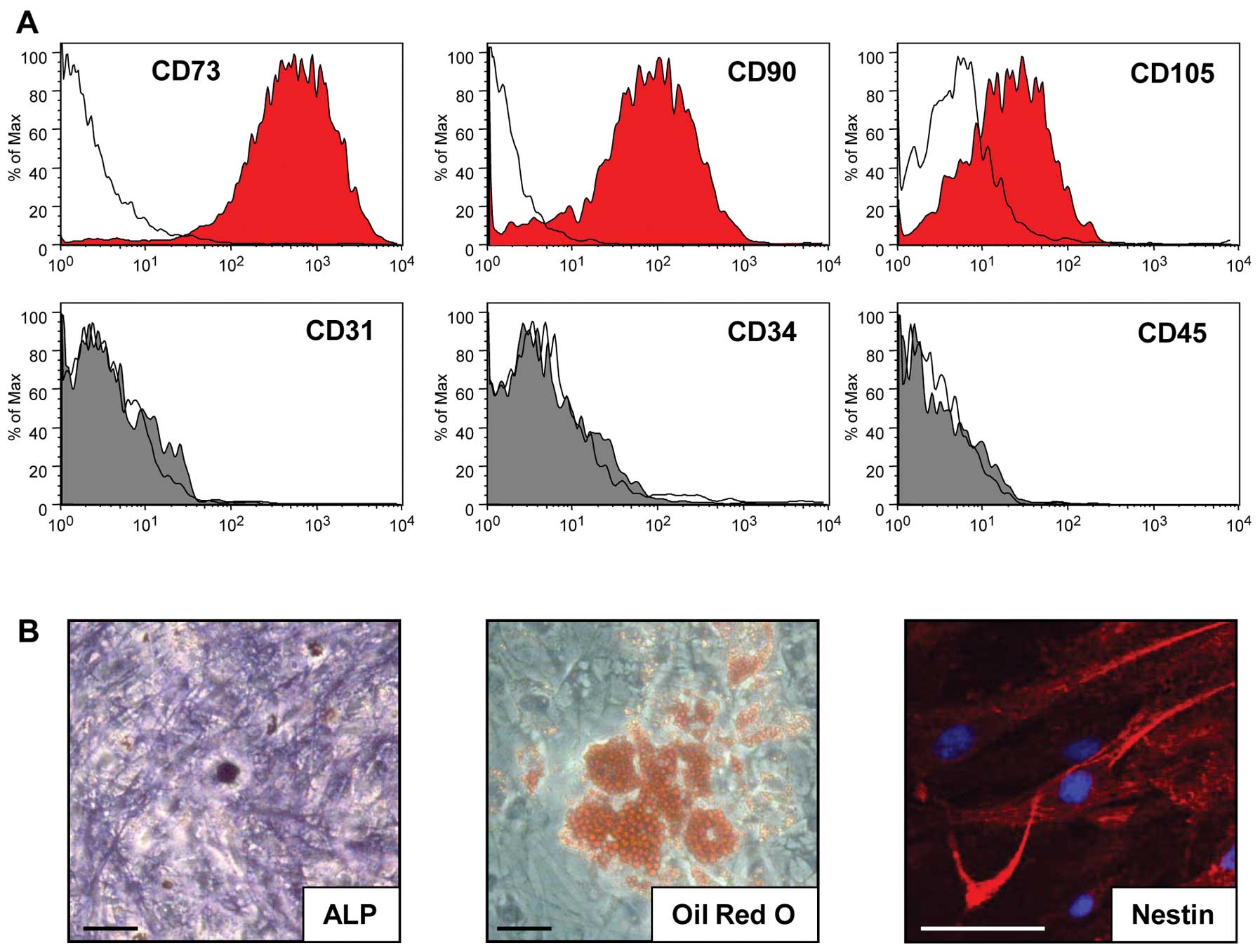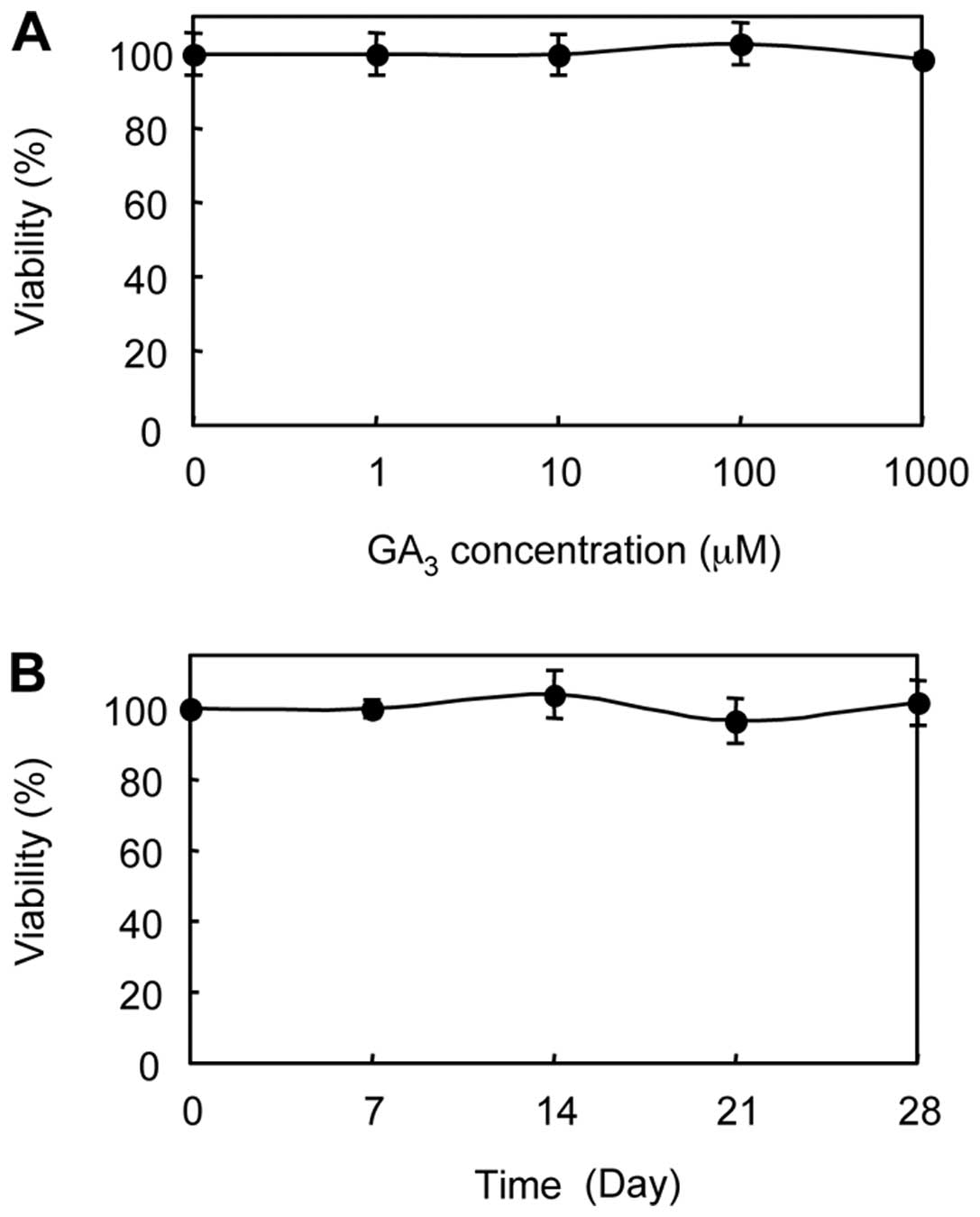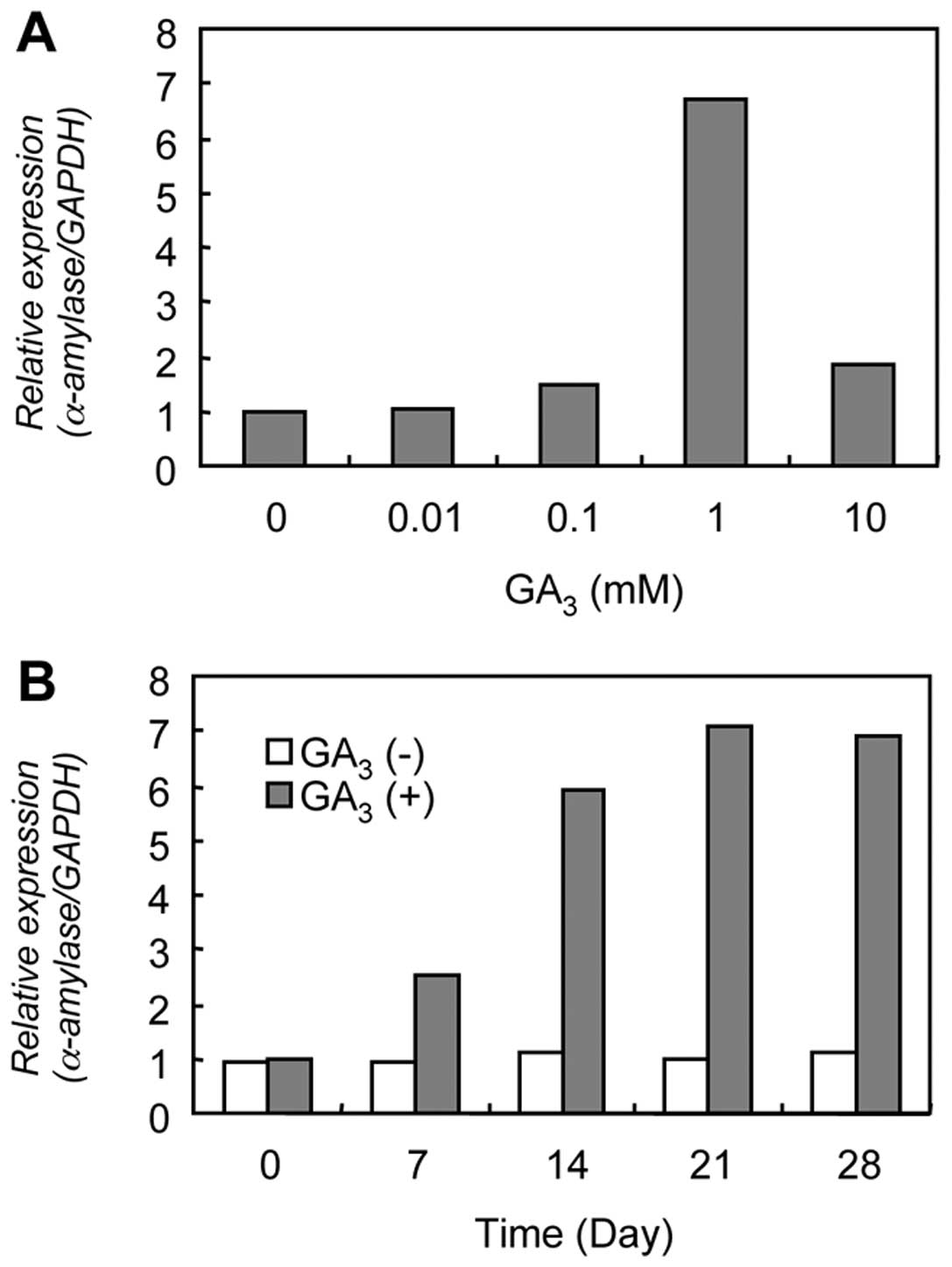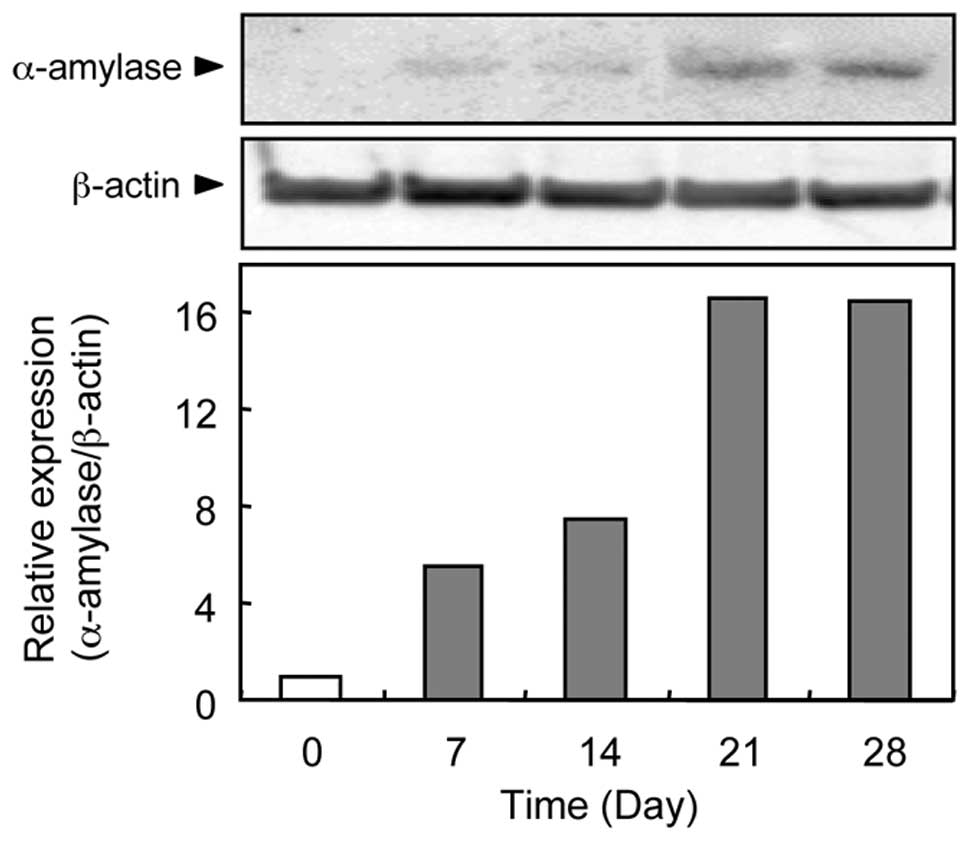|
1.
|
FG OppenheimE SalihWL SiqueiraSalivary
proteome and its genetic polymorphismsAnn NY Acad
Sci10982250200710.1196/annals.1384.03017303824
|
|
2.
|
RE NobleSalivary alpha-amylase and
lysozyme levels: a non-invasive technique for measuring parotid vs
submandibular/sublingual gland activityJ Oral
Sci428386200010.2334/josnusd.42.8310989590
|
|
3.
|
C HoeblerA KarinthiMF DevauxPhysical and
chemical transformations of cereal food during oral digestion in
human subjectsBr J
Nutr80429436199810.1017/S00071145980014949924264
|
|
4.
|
TE DanielsPC FoxSalivary and oral
components of Sjögren’s syndromeRheum Dis Clin North
Am18571589199211292733
|
|
5.
|
A VissinkFR BurlageFK SpijkervetPrevention
and treatment of the consequences of head and neck radiotherapyCrit
Rev Oral Biol Med14213225200310.1177/15441113030140030612799324
|
|
6.
|
A VissinkJ JansmaFK SpijkervetOral
sequelae of head and neck radiotherapyCrit Rev Oral Biol
Med14199212200310.1177/154411130301400305
|
|
7.
|
MF PittengerAM MackaySC BeckMultilineage
potential of adult human mesenchymal stem
cellsScience284143147199610.1126/science.284.5411.143
|
|
8.
|
A AsakuraStem cells in adult skeletal
muscleTrends Cardiovasc
Med13123128200310.1016/S1050-1738(03)00024-012691677
|
|
9.
|
M BelicchiF PisatiR LopaHuman skin-derived
stem cells migrate throughout forebrain and differentiate into
astrocytes after injection into adult mouse brainJ Neurosci
Res77475486200410.1002/jnr.2015115264217
|
|
10.
|
PA ZukM ZhuH MizunoMultilineage cells from
human adipose tissue: implications for cell-based therapiesTissue
Eng7211228200110.1089/10763270130006285911304456
|
|
11.
|
K LinY MatsubaraY MasudaCharacterization
of adipose tissue-derived cells isolated with the Celution
systemCytotherapy10417426200810.1080/1465324080198297918574774
|
|
12.
|
PA ZukM ZhuP AshjianHuman adipose tissue
is a source of multipotent stem cellsMol Biol
Cell1342794295200212475952
|
|
13.
|
JK FraserR SchreiberB StremPlasticity of
human adipose stem cells toward endothelial cells and
cardiomyocytesNat Clin Pract Cardiovasc Med3Suppl
1S33S37200610.1038/ncpcardio044416501628
|
|
14.
|
TA MoseleyM ZhuMH HedrickAdipose-derived
stem and progenitor cells as fillers in plastic and reconstructive
surgeryPlast Reconstr Surg118Suppl
3121S128S200610.1097/01.prs.0000234609.74811.2e16936551
|
|
15.
|
H NakagamiR MorishitaK MaedaAdipose
tissue-derived stromal cells as a novel option for regenerative
cell therapyJ Atheroscler
Thromb137781200610.5551/jat.13.7716733294
|
|
16.
|
AM ParkerAJ KatzAdipose-derived stem cells
for the regeneration of damaged tissuesExp Opin Biol
Ther6567578200610.1517/14712598.6.6.56716706604
|
|
17.
|
X BaiK PinkernellYH SongGenetically
selected stem cells from human adipose tissue express cardiac
markersBiochem Biophys Res
Commun353665671200710.1016/j.bbrc.2006.12.10317196165
|
|
18.
|
AL SilverstoneT SunGibberellins and the
green revolutionTrends Plant
Sci512200010.1016/S1360-1385(99)01516-2
|
|
19.
|
M AshikariH SakakibaraS LinCytokinin
oxidase regulates rice grain
productionScience309741745200510.1126/science.111337315976269
|
|
20.
|
RJ WeavorGrowth of graps in relation to
gibberellinAdv Chem Ser2889108196110.1021/ba-1961-0028.ch010
|
|
21.
|
FG GustafsonInfluence of gibberellic acid
on setting and development of fruit in tomatoPlant
Physiol35521523196010.1104/pp.35.4.52116655381
|
|
22.
|
S ArousM BoussaidM MarrakchiPlant
regeneration from zygotic embryo hypocotyls of Tunisian chilli
(Capsicum annuum L.)J Appl Hort317222001
|
|
23.
|
A Chaari-RkhisM MaalejS Ouled MessaoudIn
vitro vegetative growth and flowering of olive tree in response to
GA3 treatmentAfr J Biotechnol5209723022006
|
|
24.
|
M DominiciK Le BlancI MuellerMinimal
criteria for defining multipotent mesenchymal stromal cells. The
International Society for Cellular Therapy position
statementCytotherapy8315317200610.1080/14653240600855905
|
|
25.
|
Y IshiiH KiyotaS SakaiInduction of
differentiation of human myeloid leukemia cells by jasmonates,
plant
hormonesLeukemia1814131419200410.1038/sj.leu.240342115229618
|
|
26.
|
M AsahinaH IwaiA KikuchiGibberellin
produced in the cotyledon is required for cell division during
tissue reunion in the cortex of cut cucumber and tomato
hypocotylsPlant Physiol129201210200210.1104/pp.01088612011351
|
|
27.
|
J ChenZ SunY ZhangSynthesis of gibberellin
derivatives with anti-tumor bioactivitiesBioorg Med Chem
Lett1954965499200910.1016/j.bmcl.2009.07.09019679470
|
|
28.
|
A TroudiIB AmaraN SoudaniOxidative stress
induced by gibberellic acid on kidney tissue of female rats and
their progeny: biochemical and histopathological studiesJ Physiol
Biochem67307316201110.1007/s13105-011-0076-421305369
|
|
29.
|
N ErinB AfacanY ErsoyGibberellic acid, a
plant growth regulator, increases mast cell recruitment and alters
Substance P
levelsToxicology2547581200810.1016/j.tox.2008.09.02018948165
|
|
30.
|
S GilroyRL JonesPerception of gibberellin
and abscisic acid at the external face of the plasma membrane of
barley (Hordeum vulgare L.) aleurone protoplastsPlant
Physiol10411851192199412232156
|
|
31.
|
M WangBV DuijnAW SchramAbscisic acid
induces a cytosolic calcium decrease in barley aleurone
protoplastsPlant Mol Biol24697419911825201
|
|
32.
|
DS BushEffects of gibberellic acid and
environmental factors on cytosolic calcium in wheat aleurone
cellsPlanta19988891996
|
|
33.
|
S GilroyA TrewavasSignal sensing and
signal transduction across the plasma membraneThe Plant Plasma
MembraneC LarssonIM MollerSpringer-VerlagBerlin2032321990
|
|
34.
|
A KuoS CappellutiM
Cervantes-CervantesOkadaic acid, a protein phosphatase inhibitor,
blocks calcium changes, gene expression, and cell death induced by
gibberellin in wheat aleurone cellsPlant
Cell8259269199610.1105/tpc.8.2.2598742711
|
|
35.
|
SP PensonRC SchuurinkA FathcGMP is
required for gibberellic acid-induced gene expression in barley
aleuronePlant Cell823252333199610.1105/tpc.8.12.232512239379
|
|
36.
|
X ChenM ChangB WangCloning of a
Ca(2+)-ATPase gene and the role of cytosolic Ca2+ in the
gibberellin dependent signaling pathway in aleurone cellsPlant
J113633711997
|
|
37.
|
F GublerR KallaJK
RobertsGibberellin-regulated expression of a myb gene in barley
aleurone cells: evidence for Myb transactivation of a high-pI
α-amylase gene promoterPlant Cell71879189119958535141
|













